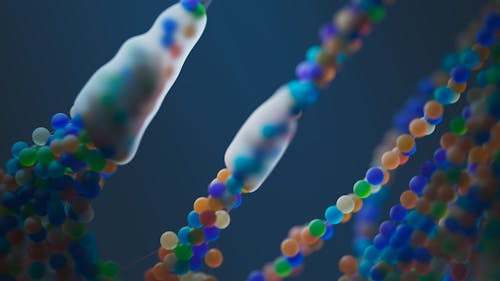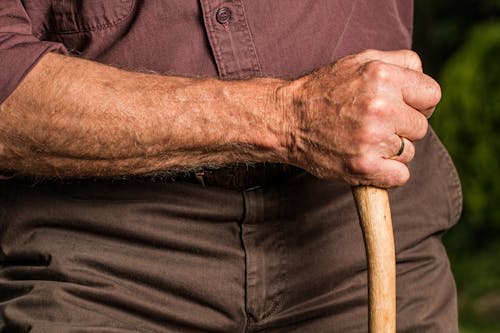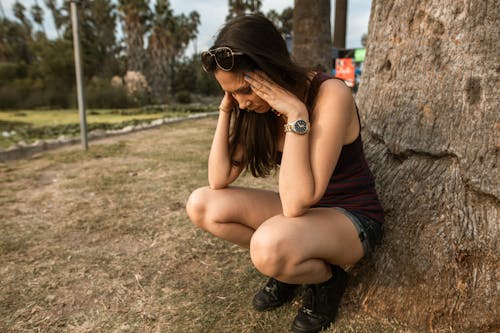Losing hair? Discover the top 10 causes of hair loss in men and women — from genetics to diet — and learn what you can do to stop it.
Introduction: Why Is Hair Falling Out?
Hair loss affects over millions people in the US. alone. While shedding 50–100 hairs a day is normal, noticeable thinning or bald spots often signal an underlying issue. Whether you're male or female, young or old, understanding the root cause is the first step to restoring healthy hair.
Let’s explore the 10 most common causes of hair loss and what you can do about each one.
1. Genetic Hair Loss (Androgenetic Alopecia)
The most common cause of hair loss in both men and women is heredity. This condition, known as male-pattern baldness or female-pattern hair loss, occurs gradually with age.
Signs:
Men: Receding hairline or thinning crown
-
Women: Widening part or overall volume loss
Treatment: Minoxidil (Rogaine), Finasteride, PRP therapy, hair transplant
2. Hormonal Imbalances
Changes in hormone levels—due to pregnancy, menopause, PCOS, or thyroid problems—can interfere with the hair growth cycle.
Signs:
- Sudden thinning or shedding
- Acne, irregular periods, or weight changes (in women)
Treatment: Balance hormones through medication or lifestyle changes; consult your doctor
3. Stress (Telogen Effluvium)
Physical or emotional stress can shock your hair follicles into a resting phase, causing increased shedding 2–3 months later.
Triggers:
-
Surgery, trauma, illness, or emotional stress
Treatment: Reduce stress with relaxation techniques, adequate sleep, and scalp care. Hair usually regrows within 6 months.
4. Poor Nutrition
Your hair needs protein, iron, zinc, and vitamins (especially D and B12) to grow properly. Deficiencies can cause breakage or loss.
Signs:
-
Brittle strands, slow growth, or dull texture
Treatment: Improve your diet with lean proteins, leafy greens, nuts, and whole grains. Consider blood tests and supplements.
5. Thyroid Disorders
Both hypothyroidism and hyperthyroidism can lead to hair thinning across the scalp.
Signs:
- Fatigue, mood changes, weight gain or loss, cold sensitivity
Treatment: Get tested for TSH, T3, and T4. Thyroid medication usually helps regrow hair.
6. Alopecia Areata
This is an autoimmune condition in which the immune system attacks hair follicles, causing round bald patches.
Signs:
- Sudden, circular bald spots on scalp or body
- Sometimes regrows on its own, sometimes not
Treatment: Corticosteroid injections, topical immunotherapy, or laser treatments
7. Medications and Medical Treatments
Hair loss can be a side effect of:
- Chemotherapy
- Antidepressants
- Blood pressure meds
- Acne medications (high vitamin A)
Treatment: Talk to your doctor about alternatives. Hair usually regrows once treatment ends.
8. Scalp Conditions
Issues like seborrheic dermatitis, psoriasis, dandruff, or ringworm can cause inflammation that affects hair follicles.
Signs:
- Itching, flaking, redness, or visible scalp sores
Treatment: Medicated shampoos (zinc, ketoconazole), antifungal creams, or dermatologist-prescribed treatments
9. Hair Styling and Damage
Frequent use of heat tools, tight hairstyles, bleaching, or harsh chemicals can damage your hair or pull it out at the root (traction alopecia).
Signs:
- Breakage, thinning edges, or bald patches where hair is pulled
Treatment: Avoid tight hairstyles and chemical treatments. Use soft, sulfate-free product and let hair air-dry if possible.
10. Aging
As you get older, hair naturally becomes finer, thinner, and grows more slowly.
Signs:
- Gradual thinning over decades
- Less hair density, especially after age 40
Treatment: Scalp massages, volumizing products, Minoxidil, and collagen supplements may help slow age-related loss.
Final Thoughts: Identify the Root Cause First
Hair loss can be temporary or permanent—but in most cases, early intervention makes a difference. Whether it’s stress, hormones, or genetics, the right treatment starts with identifying the exact cause.
If your hair loss is severe, sudden, or patchy, consult a dermatologist to get personalized help.



0 Comments